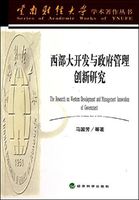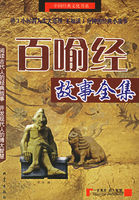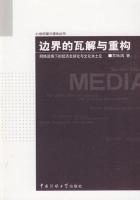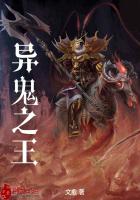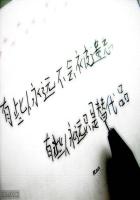More recently,a February,2005 cover notes the influence of Christian Evangelicals on George W.Bush's re-election,depicting a golden cross to frame 12 of America's 25“most influential evangelicals.”Behind the cross is a partial image of the U.S.flag.Politics and institutional religiosity are further intertwined with the questions:“What does Bush owe them?”and“Do Democrats Need More Religion?”However,it should be noted that religious organizations are generally made newsworthy or relevant when actively involved in policy or during controversial events(such as allegations of the Catholic Clergy in child abuse cases).
As expected,covers portraying“cults”are the most critical.Unflatteringly tight headshots of cult leaders and bold headlines using phrases such as“web of death”and“cult of doom”are featured in covers about Marshall Herff Applewhite and Soko Asahara.Graphics designed to raise warnings about religious groups are not confined to cults,however.The cover,“Should Christians Convert Muslims?”shows a glowing golden-colored metal cross wielded like a weapon in a closed fist-suggesting that Christians are overly aggressive in promoting their faith.Further demarcating institutional practice from private religiosity is the lighting of this cross,which glows against a black background.However,the cross becomes dark and muddied where it is touched by the Christian's hand,further suggesting that this“new flock of missionaries”(noted in the written subheading)might be tarnishing the surreal(or less structured)construct of Christianity(represented by the cross).Similarly,in a 1998 cover depicting the Pope and Fidel Castro,the pontiff is portrayed in black and white with an anguished facial expression,while the picture of Cuba's leader gives him a larger,brighter countenance through color photography.
These portrayals contrast sharply with the images of personal religiosity.The visual representations of private practice are diverse,surrealistic,symbols and generally positive in character.These covers use religious art to raise questions about religious figures or history(esp.Jesus),or to represent contemporary religious values using digitally altered potographs rather than traditional art or actual identifiable people or symbols.
Unlike the often dark or shadowed depictions of religious leaders on some covers,light is offered as a positive symbol identifying personal religious ideas.God is represented on two covers by a shaft of light emitted from the top of the page.In one,this light illuminates an otherwise darkened Oval Office in the White House to alert readers of the influence of faith in U.S.politics.Similarly,another shaft of light falls downward from clouds airbrushed into the background,before descending onto the planet earth(also with its own“real”cloud system)far below.This image represents the cover story titled,“And God Said,”which discusses scholarly debates regarding creationism.
In another issue,heaven is further iterated as a cloud that dissolves into a lighted haze,upon which a man stands,gazing into the sky.The topic is,“Does Heaven Exist?”While these covers frame a religion as challenged by reason,the latent discourse in these and other similar covers tie private religiosity to symbols of enlightenment or illumination(e.g.,white light,haloes,glowing objects,etc.).Conversely,this privatized religious“light”is potentially sullied or tarnished when entering the realm of public religious practice(represented as dark,distant,and/or embroiled in controversy).
People over Symbols
The signifiers of religious institutions are diverse,and in most cases,bereft of clear religious signs.In fact,contemporary religious leaders or followers,not religious symbols and icons,typically represent particular organizations.Conversely,historic and popular religious icons(such as a bearded,thin,white-skinned Jesus,or aged white-haired and bearded old Testament prophets)are more likely to signify private religious beliefs.Overall,however,these covers lack many religious icons and symbols common in other cultural and religious practices(crosses,menorahs,Star of David,etc.).
As infrequently as religious symbols occur,the repetition of historic images of Christ further embeds the discourse about religiosity as bound by Christianity.However,these representations are not used to signify any particular Christian creed or denomination-perhaps as a strategy of avoiding any suggestion that a particular religious institution can somehow be tied directly to the idea of Christ as religious figure.Instead,these images are used to introduce personal religious questions regarding the historical Jesus(seven issues)or contemporary religious practices such as faith and miracles(two issues).Six covers display a portrait of Jesus(in art,and the shroud of Turin).In another image,Jesus'face is comprised of a photographed actor and an early renaissance painting morphed into one(“The Search for Jesus”).
In two representations,Jesus is one of several characters depicted in the artwork.In one,he is the baby of the Nativity,and in another,he is surrounded by angels in a painting said to represent the New Testament story of his ascension into Heaven(“Can We Still Believe in Miracles?”).All nine Jesus covers immediately precede the Easter or Christmas holidays.That all the Jesus images coincide with Christian holidays raises no doubt that the taken-for-granted indicator of spirituality or religiosity embedded in these articles is bound by the discourse of Christianity,despite the secularization of these holidays.

